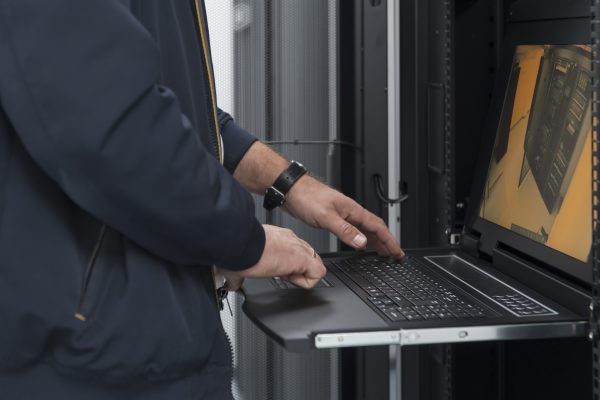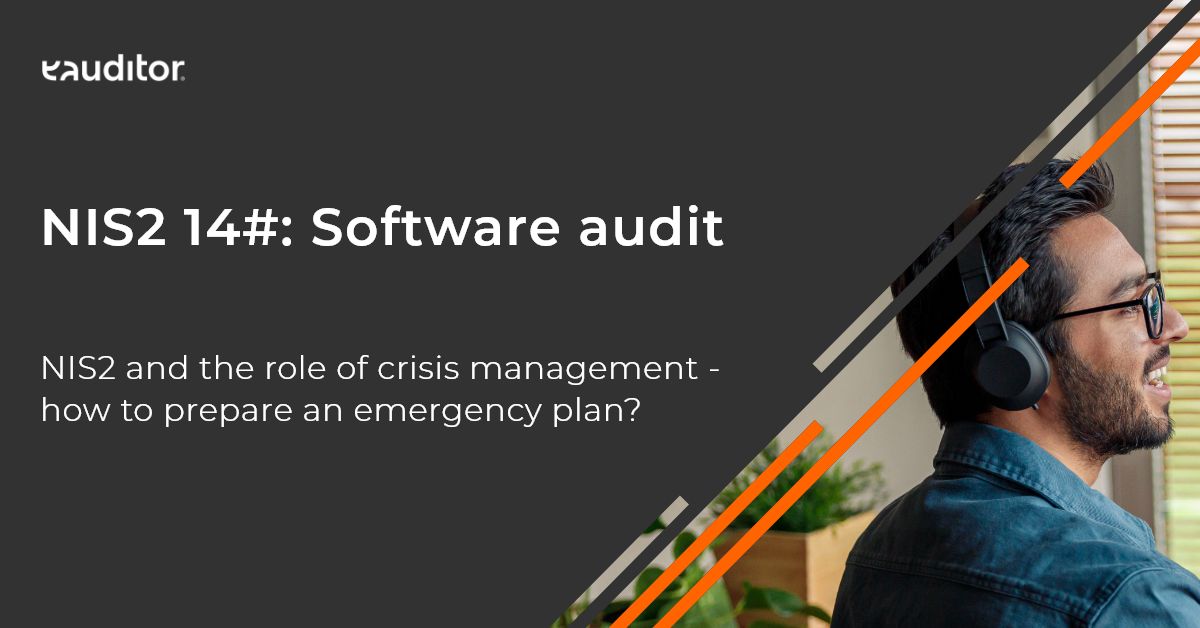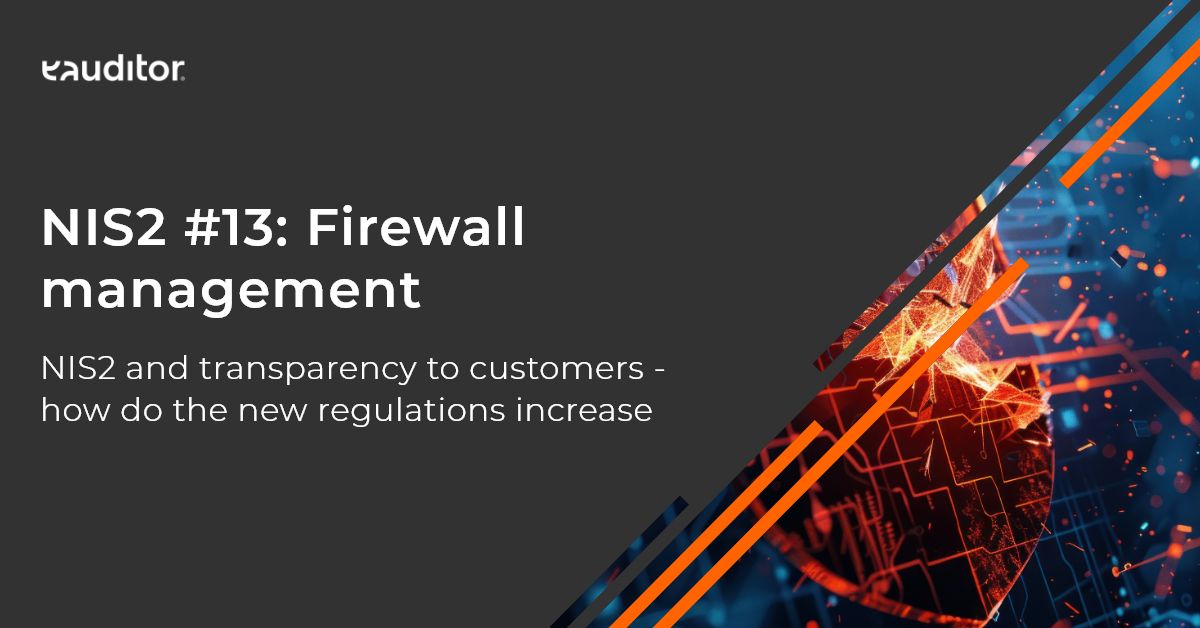How to improve server monitoring?
Learn how to optimize server monitoring with your IT system
Why should servers be monitored?
Server monitoring is an important part of managing an IT network and keeping the infrastructure running properly, especially for large organizations. It allows administrators to track the real-time performance of virtual machines and the applications that run on them. As a result, administrators are able to react quickly to potential failures or performance problems that can lead to serious business consequences. Monitoring server performance is therefore a way to avoid situations such as excessive operating costs, server downtime, or inefficient use of hardware and networks.
However, in order to effectively monitor servers and virtual environments, it is worth using professional tools. They allow you to collect and analyze data on the performance, availability and status of individual network elements. These tools also allow you to set alerts that will inform administrators of any problems in the network. That’s why it’s important for organizations to use a comprehensive server monitoring system that allows them to keep track of the status of their servers and respond quickly to potential problems.

How to choose a server monitoring system?
Below are the necessary functionalities that a comprehensive server monitoring system should have:
1. Verification of server availability – server availability is important for maintaining business continuity. Therefore, IT software should monitor whether servers are available and working properly. Based on identified parameters in the system or dedicated notifications, the IT administrator can then react quickly enough to any availability problems.
2. Monitoring server performance – this aspect is one of the key elements of keeping servers fully operational and trouble-free. The system should monitor parameters such as CPU load, RAM and hard drives to ensure that servers are not overloaded and are operating properly.
3. Alerting – the system should be able to set up alerts to notify when certain resource consumption thresholds are exceeded or when other problems occur with the servers. Depending on the sophistication of the IT software, these could be notifications directly in the console or messages sent to an email inbox or phone.
4. Ability to add new servers – it is important that the IT system is flexible and adaptable to the needs of the user and the organization, allowing new servers to be added for monitoring and alerts and reports to be configured according to the IT administrator’s expectations.
Monitoring of servers in the eAuditor system
One of the IT software available on the market is the eAuditor system that allows you to monitoring virtual environments in real time. The process involves automatically scanning the network periodically to identify servers, and then connecting to the virtual environment in question (using the built-in API) and reading its parameters. This allows the administrator to easily control the virtualization servers (hosts) and virtual machines (guests) in the organization. Below you will find the key benefits of monitoring servers in eAuditor:
- the ability to ensure the continuity of virtualization servers (hosts) and virtual machines (guests) in real time,
- a comprehensive summary of information about virtual machine parameters, such as: execution of the last update, computer IP, RAM and HD consumption, virtualization type and operating system,
- the ability to monitor selected machines without eAgent installed,
- ability to generate static and parametric reports and send them automatically by e-mail,
- access to various types of virtualization reports, such as: summary of virtualization servers, summary of virtual machines, summary report of virtualization status,
- automatic network scanning to identify virtual environments.





